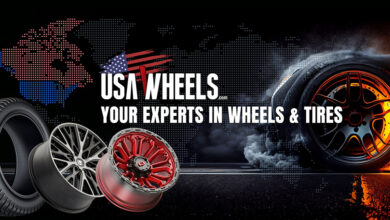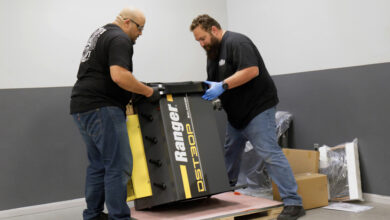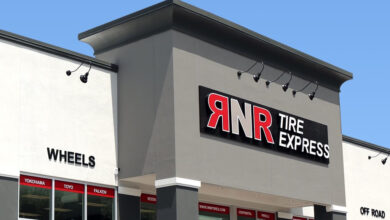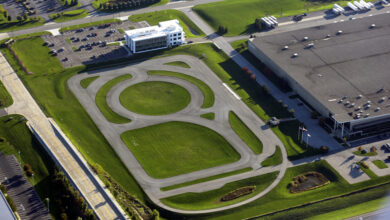Pirelli Introduces New Tire Development Simulator
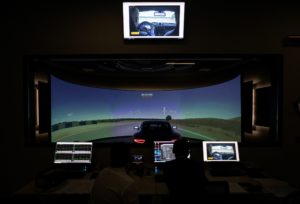 Pirelli has introduced a new tire simulator at its research and development division in Milan, which the company says will reduce development time, as well as the number of physical prototypes needed to create a finished product.
Pirelli has introduced a new tire simulator at its research and development division in Milan, which the company says will reduce development time, as well as the number of physical prototypes needed to create a finished product.
The new simulator aims to accelerate development cycles and testing, which will reduce lead times and lead to faster development processes between Pirelli and key producers of prestige and premium vehicles.
Courtesy of this technology, Pirelli has achieved a 30% reduction in average development time for new tires, both for the road and motorsports, thanks to faster assessment of virtual prototypes produced for different car models. The new simulator makes it possible for different development parameters to be remodeled rapidly, leading to a faster exchange of digital information between Pirelli and car manufacturers.
Compared to traditional development methods, the simulator allows a virtual model of any car, either supplied by the manufacturer or produced internally, to be programmed into the system while design and development work can also be carried out on the manufacturer’s own simulator.
Moreover, the use of a simulator to maximize the virtual development phase means that the number of physical prototypes used are reduced, which supports Pirelli’s sustainability policy by minimizing the resulting impact on the environment.
Advanced simulation has already been used for more than 10 years during the design and development of Formula 1 and other motorsports tires and is now being utilized for consumer tires.
The simulator is produced by VI-grade and consists of a 210-degree panoramic screen, 24.6 feet in diameter, which visually reproduces a wide range of different driving conditions, roads and circuits. At the heart of the system is a static car equipped with various active technologies to accurately reproduce the sensations that any driver would feel in a real car, including the seat, steering wheel, seat belts and different shaker systems, which precisely replicate the movements of the suspension and engine.
The whole process is coordinated by a control room, which can program the simulator to reproduce the different technical specifications of any tire or car. The results are logged, measuring the interaction between the tire and the ‘road’ as well as all other parameters relevant to tire behavior. This data can then be added to the subjective impressions felt by the test ‘driver.’
